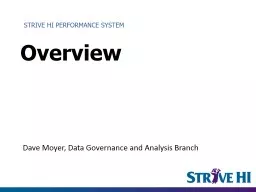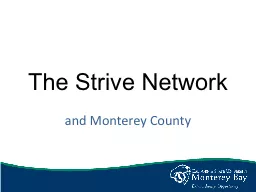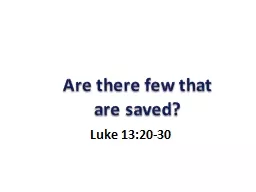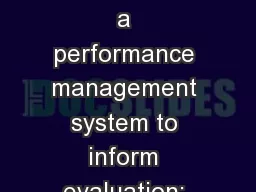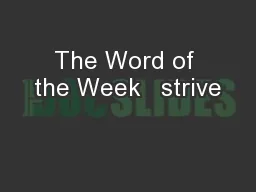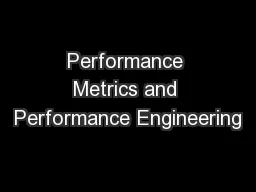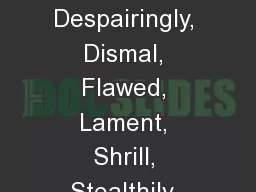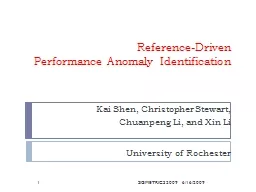PPT-STRIVE HI PERFORMANCE SYSTEM
Author : khadtale | Published Date : 2020-06-16
Overview Dave Moyer Data Governance and Analysis Branch S chool accountability amp improvement systems help us Shine a light on school performance and progress Provide
Presentation Embed Code
Download Presentation
Download Presentation The PPT/PDF document "STRIVE HI PERFORMANCE SYSTEM" is the property of its rightful owner. Permission is granted to download and print the materials on this website for personal, non-commercial use only, and to display it on your personal computer provided you do not modify the materials and that you retain all copyright notices contained in the materials. By downloading content from our website, you accept the terms of this agreement.
STRIVE HI PERFORMANCE SYSTEM: Transcript
Download Rules Of Document
"STRIVE HI PERFORMANCE SYSTEM"The content belongs to its owner. You may download and print it for personal use, without modification, and keep all copyright notices. By downloading, you agree to these terms.
Related Documents

